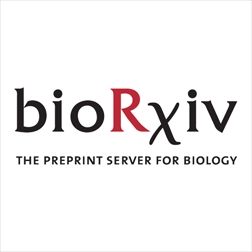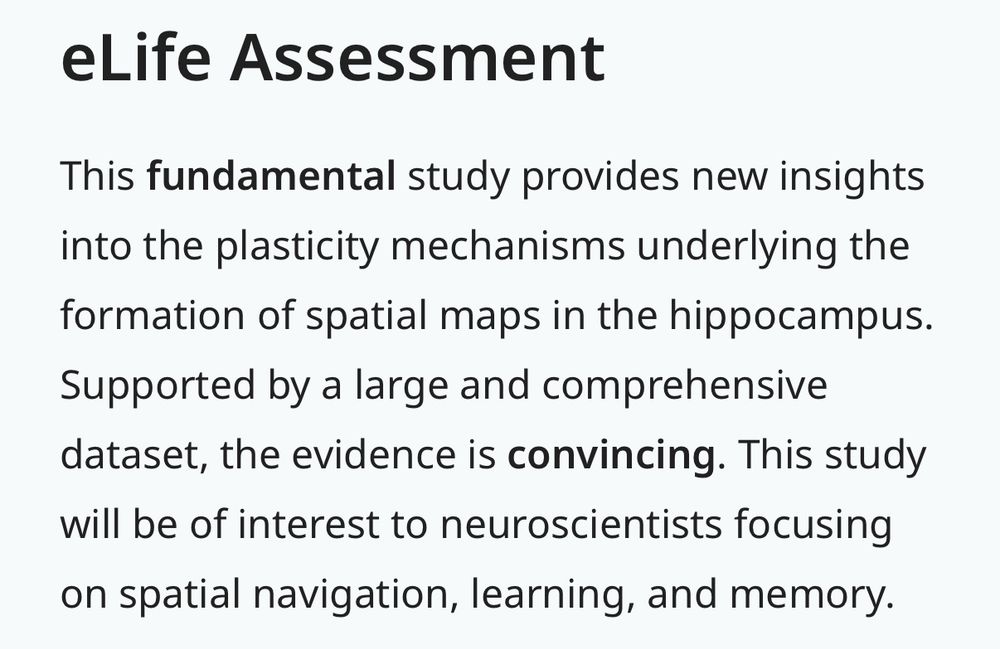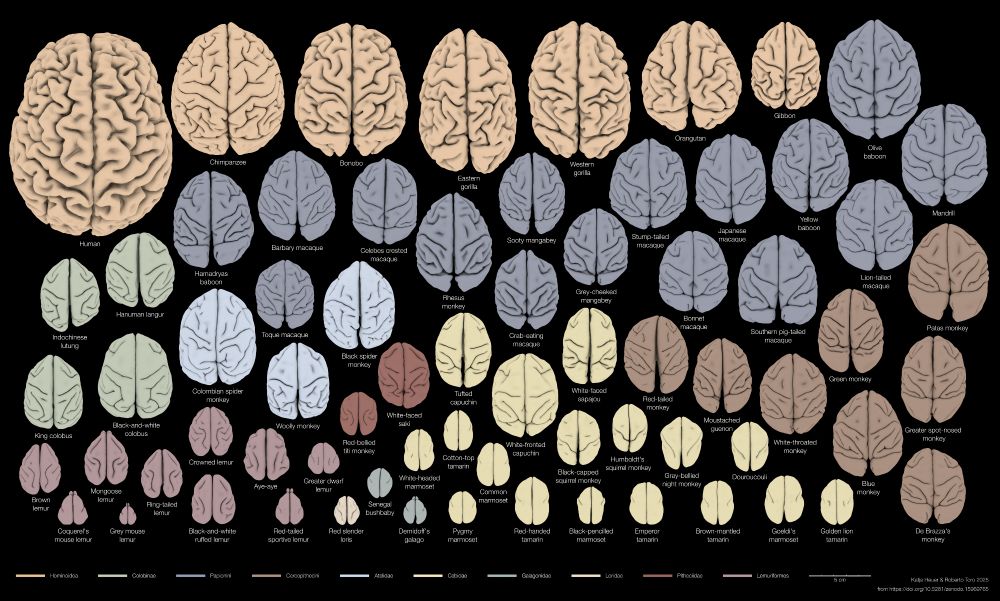Samuel Eckmann
@samueleckmann.bsky.social
710 followers
300 following
77 posts
Computational neuroscientist, currently in Cambridge, UK (CBL) as a Newton International Fellow. Interested in neural circuits, E-I balance, and biological learning → http://samueleckmann.github.io
Posts
Media
Videos
Starter Packs
Reposted by Samuel Eckmann
Reposted by Samuel Eckmann
Reposted by Samuel Eckmann
Reposted by Samuel Eckmann
Reposted by Samuel Eckmann
Reposted by Samuel Eckmann
Reposted by Samuel Eckmann
Reposted by Samuel Eckmann
Samuel Eckmann
@samueleckmann.bsky.social
· Aug 20
Samuel Eckmann
@samueleckmann.bsky.social
· Aug 20
Ann Kennedy
@antihebbiann.bsky.social
· Aug 20
Theoretical neuroscience has room to grow
Nature Reviews Neuroscience - The goal of theoretical neuroscience is to uncover principles of neural computation through careful design and interpretation of mathematical models. Here, I examine...
www.nature.com
Reposted by Samuel Eckmann
Reposted by Samuel Eckmann
Mora Ogando
@moraogando.bsky.social
· Aug 5
Reposted by Samuel Eckmann
Reposted by Samuel Eckmann
Reposted by Samuel Eckmann
Samuel Eckmann
@samueleckmann.bsky.social
· Jul 28
Samuel Eckmann
@samueleckmann.bsky.social
· Jul 22
Reposted by Samuel Eckmann
Petr Znamenskiy
@petrznam.bsky.social
· Jul 21

Barcoded Rabies In Situ Connectomics for high-throughput reconstruction of neural circuits
Sequencing of oligonucleotide barcodes holds promise as a high-throughput approach for reconstructing synaptic connectivity at scale. Rabies viruses can act as a vehicle for barcode transmission, than...
www.biorxiv.org













